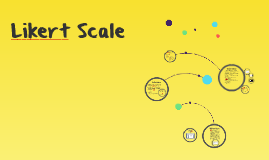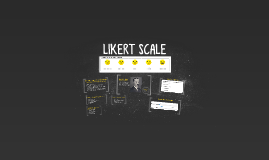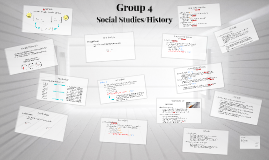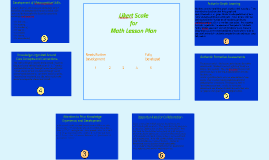Questionnaire Likert Scale Items
Transcript: Asset Library Photos 04 Colors 01 Shapes 02 Questionnaire Likert Scale Items Assets 05 Textures 02 02 01 02 01 Balancing Positive and Negative Items Format and Examples A balanced mix of positive and negative items mitigates response bias. It encourages respondents to think critically about each item, minimizing the tendency to agree with all items. Using both types can provide deeper insights into attitudes and perceptions. Ensuring Relevance to Objectives Applications in Research Customer Feedback Example Every Likert scale item must align with the survey's objectives. This relevance ensures that the collected data effectively contributes to the intended analysis. Each question should serve a clear purpose and contribute toward achieving the overarching goals of the research. Likert Scale Format The Likert Scale is utilized across various fields, including psychology, social sciences, and market research, to gauge attitudes and opinions. It facilitates understanding of consumer preferences, employee satisfaction, and public opinion through easily interpretable data. A common Likert scale item in customer feedback might be: 'How satisfied are you with our product?' with options ranging from 'Very Unsatisfied' to 'Very Satisfied.' This format allows companies to quantify customer satisfaction, identify potential issues, and tailor their services accordingly. Examples of Likert Scale Items Scale Range Explained Analyzing Likert Scale Data Writing Clear Statements The Likert Scale employs a structured format to measure respondents' attitudes or opinions. The precise arrangement of scale points, labels, and neutral options influences the data collected and its interpretation, promoting clarity in survey design. Employee Satisfaction Example Understanding how to analyze Likert scale data is crucial for deriving meaningful insights from survey research. This section covers techniques for data analysis, interpreting responses, and reporting findings effectively. The Likert Scale typically ranges from 5 to 7 points. A 5-point scale includes options from 'Strongly Disagree' to 'Strongly Agree'. This range allows for nuanced responses, capturing varying degrees of agreement or disagreement effectively. Importance in Surveys Introduction to Likert Scale Likert scale items are pivotal for gathering quantitative insights across various fields. This section presents examples from customer feedback, employee satisfaction, and academic research, illustrating how these items can effectively capture opinions and attitudes. Techniques for Data Analysis Clear statements are essential for accurate responses in Likert scales. They should be straightforward, direct, and devoid of ambiguity to ensure respondents understand the question. For example, instead of saying, 'The service was satisfactory,' specify 'The service met my expectations.' Likert Scales enhance the effectiveness of surveys by quantifying subjective data, enabling researchers to analyze trends and patterns with statistical methods. This structured approach boosts reliability and comparability of results across multiple respondents. For employee satisfaction surveys, a Likert scale item may read: 'I feel valued in my role.' Responses can be rated from 'Strongly Disagree' to 'Strongly Agree.' This helps organizations assess workforce morale and identify areas for improvement. Reporting Findings The Likert Scale is a widely used rating scale for measuring attitudes or opinions. It provides researchers with quantifiable data based on participants' responses to specific statements. Incorporating Neutral Options Common techniques for analyzing Likert scale data include descriptive statistics, cross-tabulations, and inferential statistics. Tools such as SPSS, R, and Excel facilitate these analyses, allowing researchers to summarize trends and patterns effectively from the collected data. Effectively reporting findings from a Likert scale analysis involves presenting data clearly through tables, graphs, and charts. It’s essential to contextualize the results, discuss implications, and ensure transparency on methods for credibility and comprehensibility in research conclusions. Neutral options in Likert Scales allow respondents to express ambivalence. Including a neutral choice caters to individuals who may not have a strong opinion, thereby increasing response validity and reducing forced choices that could skew data. Academic Research Example Definition of Likert Scale Point Labels Overview Interpreting Responses Designing Likert Scale Items A Likert Scale consists of a series of statements followed by a range of response options, typically from 'Strongly Disagree' to 'Strongly Agree'. This format allows respondents to express varying degrees of agreement or disagreement, creating a continuum of opinions. In academic settings, a research item might state: 'This course met my expectations.' Students would respond using a Likert scale from 'Strongly Disagree' to

















